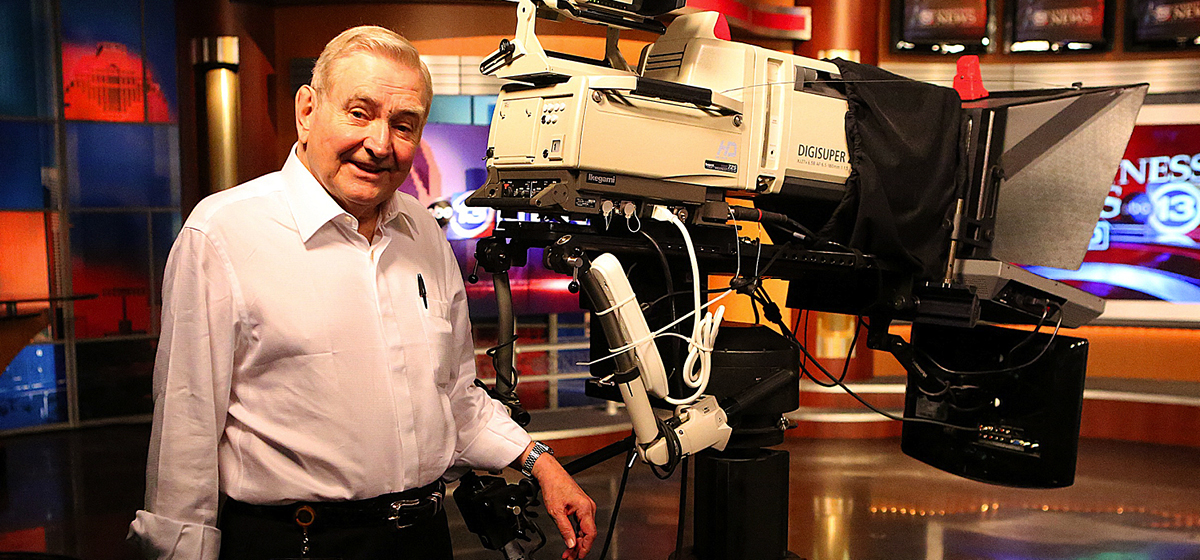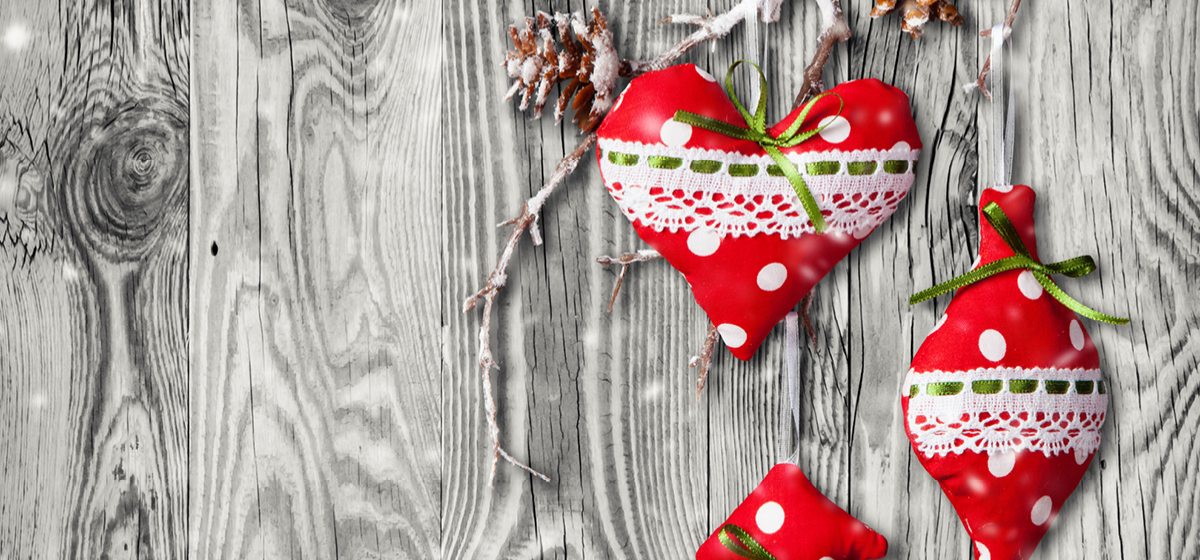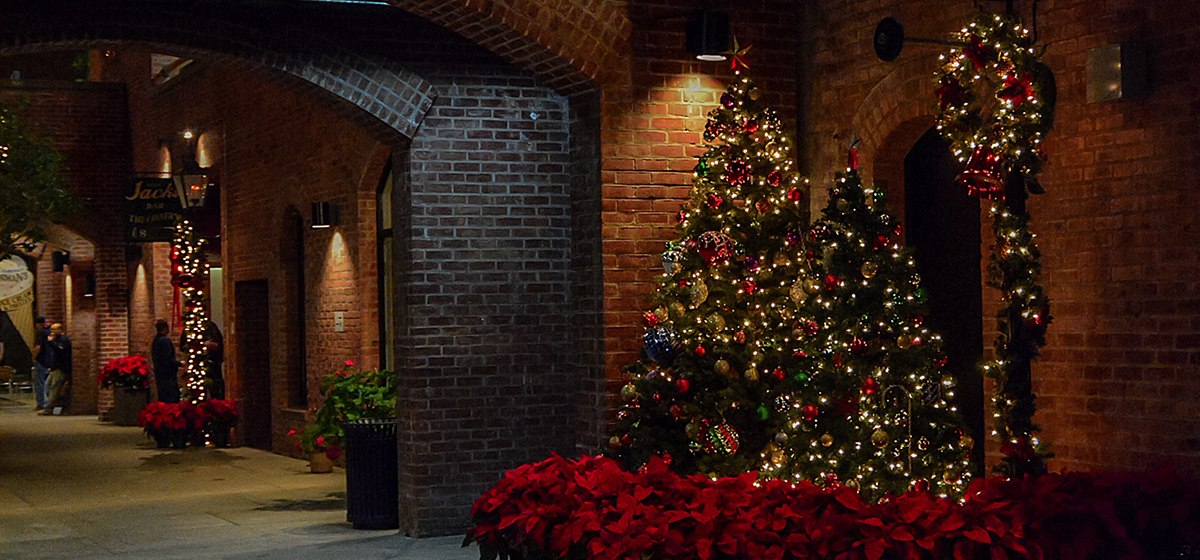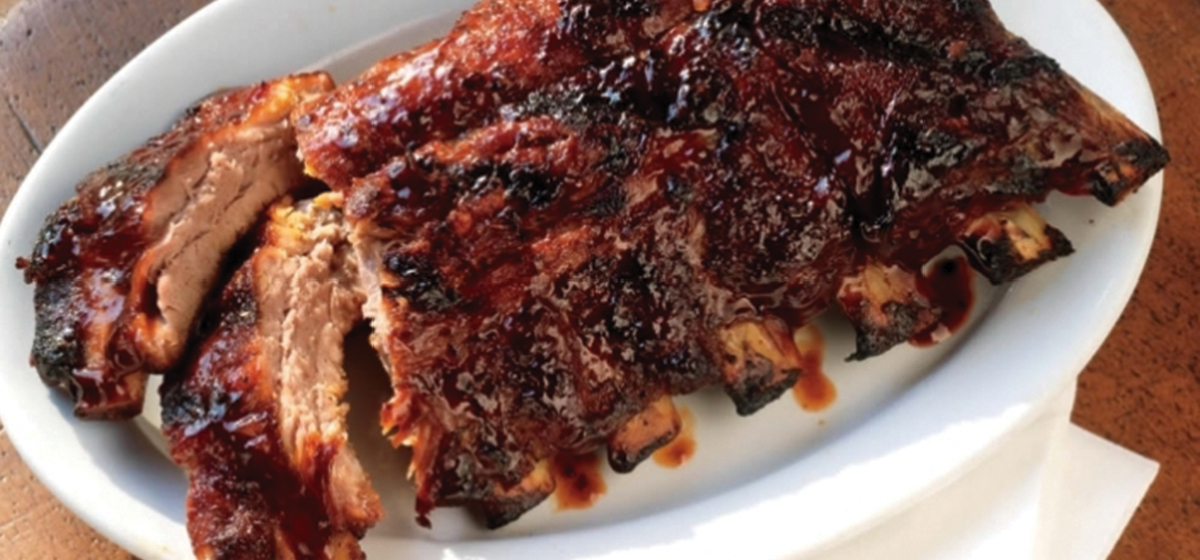
Later, when the vase has partially dried, she will add handles, gradually pulling wet clay into shape and adding her trademark thumb rest, turning the vase into a pitcher. Kathy will ultimately fire the pitcher, using a kiln (about the size of a commercial refrigerator) in her spacious home studio. She will fire it again after she mixes and applies glaze.
The story of Kathy’s transformation into a potter bears a remarkable similarity. First a stay-at-home mom, then a secretary and a signer for the deaf, Kathy is now satisfied she has found her life’s calling as a potter. She estimates she has made thousands of pots, and she has no plans to quit.
“It’s just magic to me. I still love it. I love getting my hands muddy,” she says.
My kids were in junior high, and I wanted to start working again, so I thought I could learn a new craft and use it as a ministry at our church. We had just moved to Midland, and I was fascinated with sign language at our church. I had also gotten interested in pottery and had taken a class at Midland College. I really enjoyed it, but thought “I can’t do that in a ministry.” So I opted to take a class in sign language, and I really loved it. I started school and got pretty good at signing. I was actually out bowling with a group of deaf kids, and they introduced me to another kid who thought I was deaf. One of the teachers told me if I wanted to be an interpreter, she would like me to be her interpreter. At some point I broke my arm, but I thought, “I am not going to let this stop me.” I took a semester with a cast on my right arm and signed around the cast, left-handed. I thought the only thing that could stop me was my husband Stan getting transferred and taking me away. By the end of the semester, he had gotten transferred. I guess I misinterpreted God’s calling.
 When did you start concentrating on pottery?
When did you start concentrating on pottery?We moved to the Dallas area, and I got into hobby ceramics—where you pour it into a mold and trim the seams. Our church had a couple of kilns, but they were just being used as closets. I thought it was just a sin not to be using those kilns, so I taught myself to operate the kilns and started teaching classes. Ladies would bring their neighbors and friends, and the class grew up to 50 ladies. I had quite a ministry going! Then I found a woman, a potter, in downtown McKinney who had a storefront studio. I decided to take her class, and the bug hit me. It was just one of those things that reached out and grabbed me and wouldn’t let me go. It was what I had been looking for all my life. God just gave me a love for it. I loved it so much I asked her, “Could I just come hang out with you when you are working? I will sweep your floors, I will do some of the grunge work. I just want to be in that environment.” We became friends, and I ran the business end while she was at shows, and she taught me to throw on the wheel.
If I am not good at something when I first start, I usually give up on it. But I wanted to be a potter badly enough that I didn’t give up on it. I took two semesters at a community college, and we were transferred down here. We moved to The Woodlands and, about the time I was ready to finish my degree at Sam Houston, my husband was ready to retire. I thought, “Great! He is retiring, and I’m ready to start working.” He wanted to travel, but working for myself, I could do both.
 So you finally got that art degree?
So you finally got that art degree?I was a music person in high school; I never took art. I was in the band and choir. I even started college as a music major, but it wasn’t fun anymore. I went to Central State University, now the University of Central Oklahoma, for one year. We moved to Midland, Texas, where I got a 2-year degree, an associate degree of secretarial science at Midland College, but it took three years because of my husband’s job transfers. I graduated three weeks before my first son was born. I stayed home with my children, and I wouldn’t change a thing. My family comes first. Pottery is my second career. I got my degree in studio art in 2002.
When I was in college, my goal was to make a set of mugs. I measured the weight of the clay. I made a set of eight. I was so proud of them. They looked like they came from a department store. During spring break in 2000, I went to the Clay Convention of NCECA (the National Council on Education for the Ceramic Arts) in Denver. There were about 5,000 potters there. There were demonstrations, panel discussions, and seminars. I couldn’t get enough of it. I came back from that convention and looked at my mugs. They looked like they came from a department store. I made another set, not alike, more artsy. I think that was a turning point in my clay experience. I wanted to be a clay artist.

I have shown at 18 Hands Gallery, a potters’ gallery in the Heights, and I was one of the founders of ClayHouston. I was on the board when it was a fledgling organization. I helped start an “empty bowls” program for glass blowers, potters, and wood turners. For $25, people get the bowl they choose, a cup of soup, a piece of bread, and a bottle of water, which is about what a homeless person would have to eat in a day. It is a big fundraiser for the Houston Food Bank. I was the volunteer coordinator of that for three years. My last big show was with another potter at 18 Hands Gallery and was called “Earth, Spin and Fire.” I’ve also been at West Fest in Montgomery.
We had never been “lake people” before, but Stan wanted to retire on Lake Conroe because he likes to fish. I told him I didn’t care where we live, as long as I have a studio. It is about the size of a three-car garage. It’s so peaceful, and I can look down at the lake from my studio window. Stan is my biggest supporter, my biggest fan. He will brag on me. He’s worse than my mom. He is very proud of me and very supportive, but he still thinks the kiln is going to explode and burn the house down one day.
Every night of Bethlehem City at West Conroe Baptist Church, I am in costume in the marketplace scene. I use a “kick wheel” and, on a good night, I make about five pots. Then I glaze them and donate them to the church to be auctioned off to raise money for the next year’s Bethlehem City. A few years ago, I was singing in the church choir, and one of the songs was about pottery. I thought, “I could throw a pot while the choir sings that song.” There are only six verses in the Bible that describe Jeremiah’s experience with a potter, but there’s so much application to spiritual growth. I have a portable wheel, and I speak at ladies’ retreats and also at Bible Study classes, auxiliary meetings, and so forth. God sends Jeremiah to the potter’s house in Jeremiah 18:1-6. He tells Jeremiah he has a message for him at the potter’s house. I tell them, “You are now at the potter’s house, and God has a message for you.”
God is the potter, and we are the clay. When I put the clay on and attach it to the wheel head, it has to be centered in order to be a perfect pot. It’s not just part of us that needs to be centered on God; the whole ball of clay needs to be centered on Him. It takes a lot of pressure in order to get the clay centered. If it’s not centered when you start, it’s going to be wobbly at the end. The clay looks like it’s fighting me. That’s what we are doing to God. We are making it difficult to make something He plans for us. The clay doesn’t tell the potter what it wants to be. It’s got to have the hands of the potter on it. We don’t know what God is shaping us into, but we can trust Him to make us into His masterpiece.
For more information about Kathy Blossom’s pottery, visit facebook.com/BlossomOfClayStudio.



